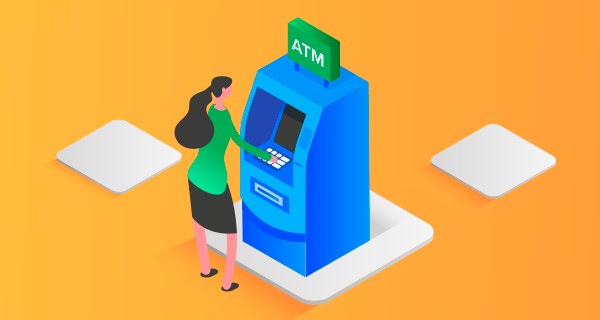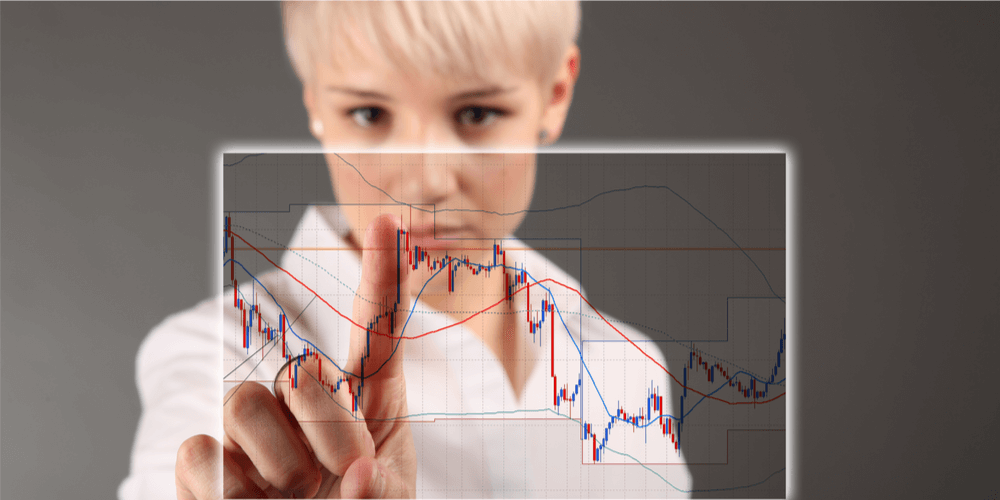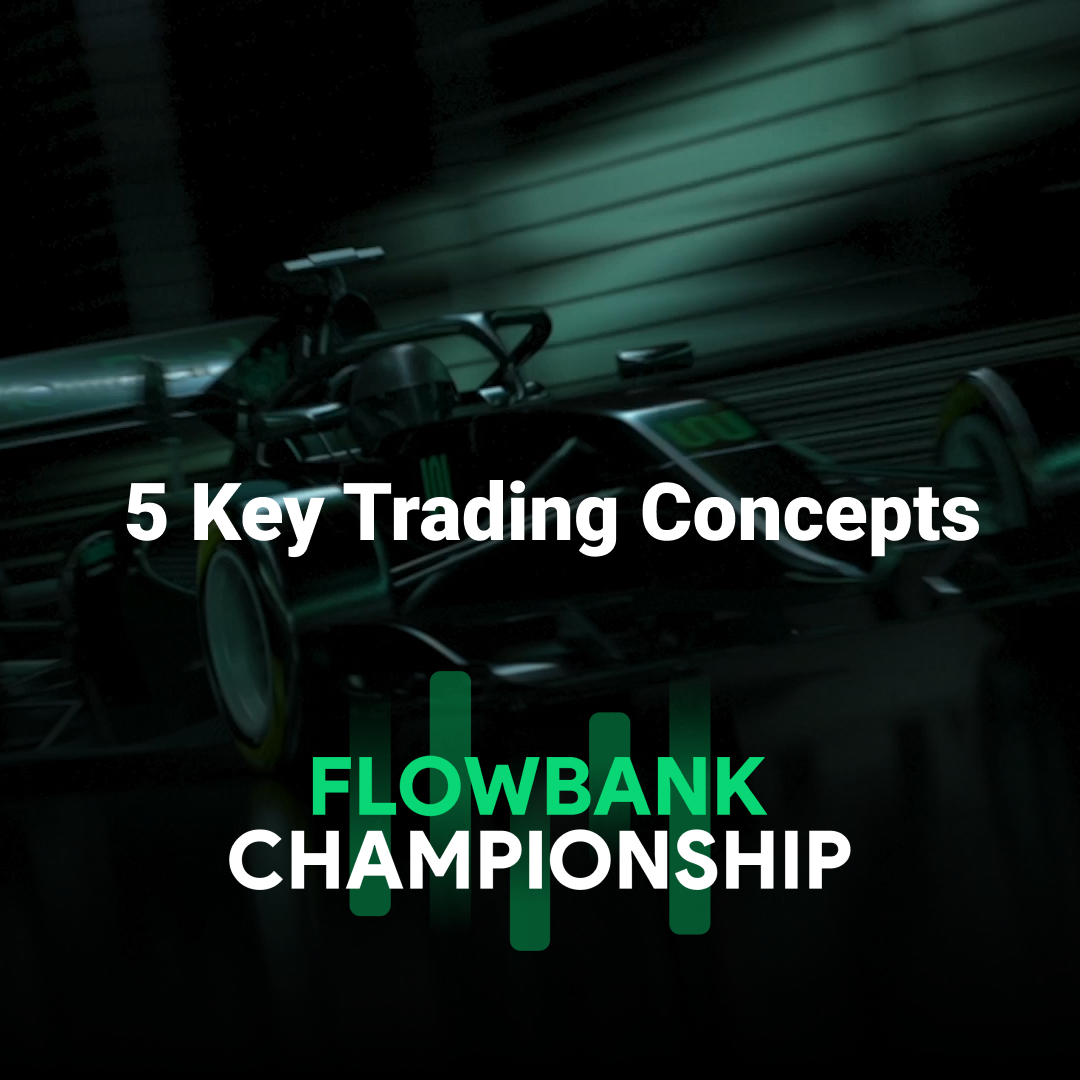With the introduction of CFD Commodities, the asset class has become accessible to everyone whether you are a trader at a big institution or a retail investor. So why are they so popular?
Contents: Commodity CFDs
- Why Trade Commodities?
- How are commodities traded?
- Commodity CFDs Explained
- Spot vs Futures CFDs
- Why use CFDs?
- Risk of using CFDs
- Examples Of Commodities To Trade
Why trade commodities?
Commodities are unique assets, defined as raw materials or primary agricultural products that can be bought and sold. The Commodity market is one of the oldest and biggest markets in the world.
The commodity market is one of the most liquid in the world. It is a very easy market to access, with high levels of trading volume and consistent levels of supply and demand.
Because of the nature of the commodity market, it is dominated by small groups of big companies and regulated by governments. This means that supply is tightly controlled to keep prices from being too volatile.
In times of elevated inflation, commodities can rise in value compared to other assets. This is because the commodity retains its value but the currency in which the commodity is denominated is being devalued, so it takes more of that devalued currency to buy the commodity that has kept its value. Being a good inflation hedge is another reason why they are so popular with Professional and retail Investors.
Commodities work in a supply and demand system, when supply is high but demand is low prices fall, and when supply is low and demand is high prices rise. Investors, professional or retail traders, can work out S&D levels by looking at the publicly available information and benefit from big price fluctuations.
How are commodities traded?
There are lots of ways that you can add Commodities into your portfolio. Whether it's through Futures, ETFs or CFDs, commodities are a great way to diversify.
The more traditional ways of Trading commodities are by buying futures and investing in Commodity ETFs.
Commodity futures are a tool by which you enter an agreement with a broker to buy or sell an asset such as wheat or gold for a specified price in the future. If the price of the commodity reaches or gets close to your specified price you can close your contract and pocket the difference in price from when you entered the contract, to the current price.
Commodity ETFs are another tool for a more hands-off approach to commodity trading, entering a commodity ETF means you buy a fund that buys the commodities or collection of commodities, that will be managed by a professional fund manager, allowing you to use a more hands-off approach.
One of the most popular ways to actively trade commodities is through CFDs, but what are they and why are they so popular?
Commodity CFDs explained
CFD stands for Contract For Difference, CFDs are financial contracts that pay the differences in price between the open and closing trades.
CFDs are a derivative product, meaning, when you enter a CFD you do not own the asset, you won't have to store $100 of coffee beans somewhere if you enter a CFD. When you enter a CFD you speculate on the price movements of the underlying instrument without taking actual ownership of the product itself.
CFDs allow investors to trade the direction of commodities over a short period. This is one of the main reasons they are popular among retail investors.
Because of their short-term nature CFDs often come with huge leverage offers from brokers, with some allowing you to trade with leverage of up to 1:100. Meaning if you trade with £100 you can be leveraging funds of £10,000 to trade with. This allows traders to dramatically increase the levels of profit that they take in, but when you multiply the reward by 100 you also multiply the risk by the same amount.
Spot vs futures CFDs
Spot prices and Future prices are two different ways to trade commodities. They have a few main differences so it is important to understand each one and how you can trade them.
Spot trading is where you buy or sell the asset at its current price. When using this to trade your position will be opened or closed immediately or “on the spot”.
Among day traders spot pricing is the simplest way for trades to be executed, as a day trader, using spot trading, all that is required is for you to track price over a period of time, set your entry and exit point, and then buy or sell at your preferred price.
Futures are a tool by which you enter an agreement with a broker to buy or sell an asset such as wheat or gold for a specified price in the future. Futures pricing is used by traders to make a profit by locking in the price now and finalizing the sale at some point in the future.
Main differences between spot and futures CFDs
- Spot Markets tend to have lower spreads than futures markets
- Spot markets normally incur overnight fees known as rollovers or swaps, whereas futures do not.
- Spot markets do not expire, you can hold your trade for as long as you want, Futures have an expiry date that is set when the contract is formed.
Why Use CFDs?
CFDs are a powerful tool for smaller investors.
- Thanks to margin and leverage Commodity and currency trading is now much more affordable as you do not need to purchase the actual asset itself.
- Using leverage, you only need to invest a fraction of the funds you can actually trade with.
- CFDs are flexible tools, with automatic Take profits and stop losses risk management is easier.
- You can utilize short selling to take advantage of bear markets and you can use technical analysis to analyze price patterns.
Risks of Commodity CFDs
Even though CFDs are a great financial tool, there are some big drawbacks to trading them. Leverage is the main reason that a lot of retail traders who do not assess the risks properly end up crashing out.
Leverage allows you to trade with more money than you have in your account. You trade by putting up a fraction of the value of the commodity as collateral in margin.
Increasing your leverage will allow you to make bigger profits from even small moves in the price, this is why they are popular with day traders, as you can make thousands of dollars in minutes. But this also means you can lose thousands of dollars, that you might not have, in minutes, due to leverage.
Examples of commodities to trade
Below is a table that shows some examples of commodities available to trade with FlowBank and the respective spreads and the maximum amount of leverage available (updated March 27, 2022)
|
Commodity |
Spreads (%) |
Maximum Leverage |
|
US Crude |
0.03 |
1:100 |
|
Brent Crude |
0.03 |
1:100 |
|
Natural Gas |
0.03 |
1:50 |
|
Gas Oil |
1.00 |
1:50 |
|
Gasoline |
0.003 |
1:50 |
|
US Cocoa |
7.00 |
1:50 |
|
US Coffee |
0.45 |
1:50 |
|
Orange Juice |
0.85 |
1:25 |
|
Soybean |
2.50 |
1:50 |
|
Sugar |
0.10 |
1:50 |









